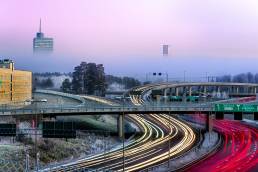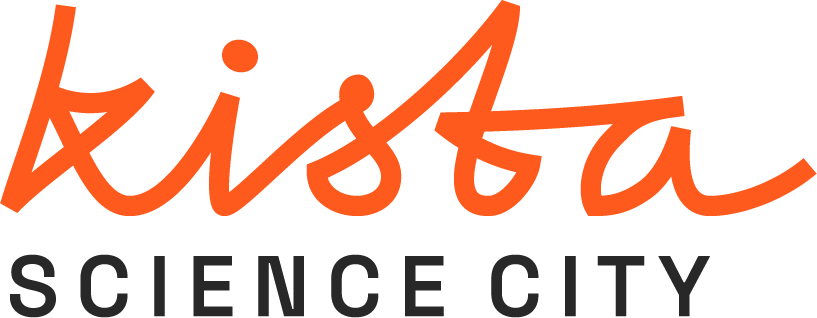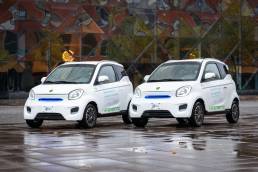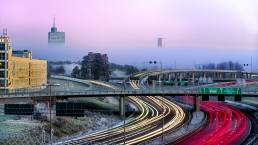Delta
DELTA
DELTA
DELTA was a pilot project in Kista Science City, organized by Kista Science City, Ericsson, Intel, Keolis and Telia.
The project
The project DELTA explored the possibilites of on demand last mile-solutions as a part of public transport. The electric cars took riders from door to door and connected public transit hubs with destinations within Kista.
The users was able to download an app and then connect with one of the vehicles in Kista. Both the business district (“Kista Science City”) and the residental area was included in the first stage of testing.
Project period
2021
Partners
Keolis
Ericsson
Intel
Telia
Contact
Lucas Uhlén
lucas.uhlen@kista.com
Summary
The project DELTA explored the possibilites of ridesharing as a part of public transport. The project was centeredd around Kista in northern Stockholm and offer ridesharing "last mile" vehicles free of charge to users in the area.
Starting point: User Experience
Within DELTA, we focused on the user experience in its entirety to investigate and evaluate customer experience with this unique service in order to find out what attributes the service needs to provide to become attractive to the target groups – in other words, what criteria it needs to fulfil in order for customers to choose it over other first/last mile mobility solutions (micromobility) and private cars.
Testing period
The pilot was launched during autumn in 2020 and continued until early December. The project was funded by Drive Sweden and Vinnova.
New ways of measuring Traffic Flows and Air Quality in Kista
Combining measurements of traffic flows and air quality
Combining measurements of traffic flows and air quality
New ways of measuring traffic flows and air quality in Kista
The project
Kistagången and Urban ICT Arena’s testbed provides a great spot for testing new products and cases for a sustainable city. One big challenge for the cities of today is how to manage traffic, avoid congestions and provide a good urban environment.
Planning new traffic solutions and evaluating the effectiveness of changes made to the current environment requires data. In order to provide this, continuous measurements of traffic and the direct and indirect effects of traffic on the urban environment are necessary. By gathering relevant data and analysing them, city authorities may receive better support and bases for decisions, in turn leading to efforts that may lower pollution and reduce noise in the urban environment.
In this project, Edeva shows how combining several data sources at a fixed position in the test bed on Kistagången can contribute to more informed decisions for traffic management. Mounted on a light pole, the sensors measure traffic flow through radar and multi-sensor data, air quality in the form of particles, and noise. Analysing the data provided also makes it possible to draw conclusions about the effects of the traffic.
Project period
2021
Partners
Kista Science City
Edeva
Contact
Lucas Uhlén, Kista Science City
lucas.uhlen@kista.com
David Eskilsson, Edeva
david.eskilsson@edeva.se
Summary
One big challenge for the cities of today is how to manage traffic, avoid congestions and provide a good urban environment. Planning new traffic solutions and evaluating the effectiveness of changes made to the current environment requires data. In a new project in the testbed on Kistagången, Edeva shows how combining several data sources at a fixed position can contribute to more informed decisions for traffic management.
The purpose
The goal is to supply a comprehensive solution to provide municipalities and city authorities with data. This in turn will help with a more robust decision-making process. Measuring both traffic and the direct and indirect effects of that traffic provides better data which makes it possible to measure the effects of introduced solutions and measures to improve air quality and the general quality of the urban environment.
The combination of sensors may also provide insights into the effects of different types of traffic on the urban environment and air quality. The effects of traffic control on air quality and environment will also be measurable. In addition, the tests will provide data on how sensors behave in different conditions, such as light or weather. All in all, this trial will provide valuable data on how to create a secure, stable and cost-efficient solution for data gathering in the future.




